He’s also a senior lecturer at Leeds Beckett University. And he’s part of Project Something, a collaboration with Benjamin Hall that explores chance and place in a digital landscape. And now he’s about to head up the new MA Graphic Design Course at the Open College of the Arts.
We chatted to Jonny about how his creative life journey, the changes he’s seen in the industry along the way, and why he’s so excited about the new course.
You’re leading the new MA Graphic Design Course at OCA. But what was your own design education like?
I took a BA in Graphic Design at Leeds Uni from 1996-1999. And to be honest, it wasn’t until I went to university that I realised what graphic design was, properly. And then, in 1997-1998, the internet was starting to get more visual. That meant I got interested in playing with code as well as graphic design to build what I describe as quite quirky websites.
As well as the fundamentals of graphic design, my course also covered things like printmaking, photography, moving image. Things that come into graphic design quite comfortably, without feeling they have to justify their presence. So that hooked me in.
But also, it was the environment. I was on quite a small course with 16 students, based in a sculpture park. We lived on campus there, which was quite a formative experience. And I think it was the freedom and the nature of that course that made me ultimately want to put a course together at the Open College of Arts in that vision.
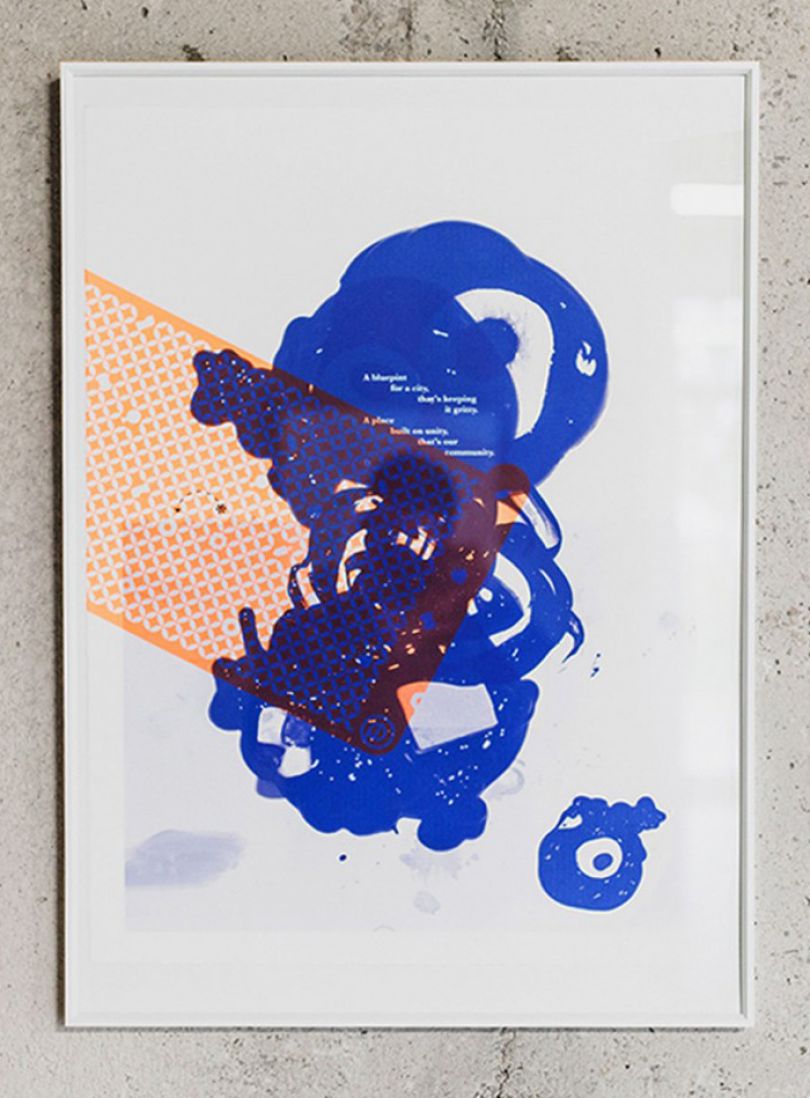
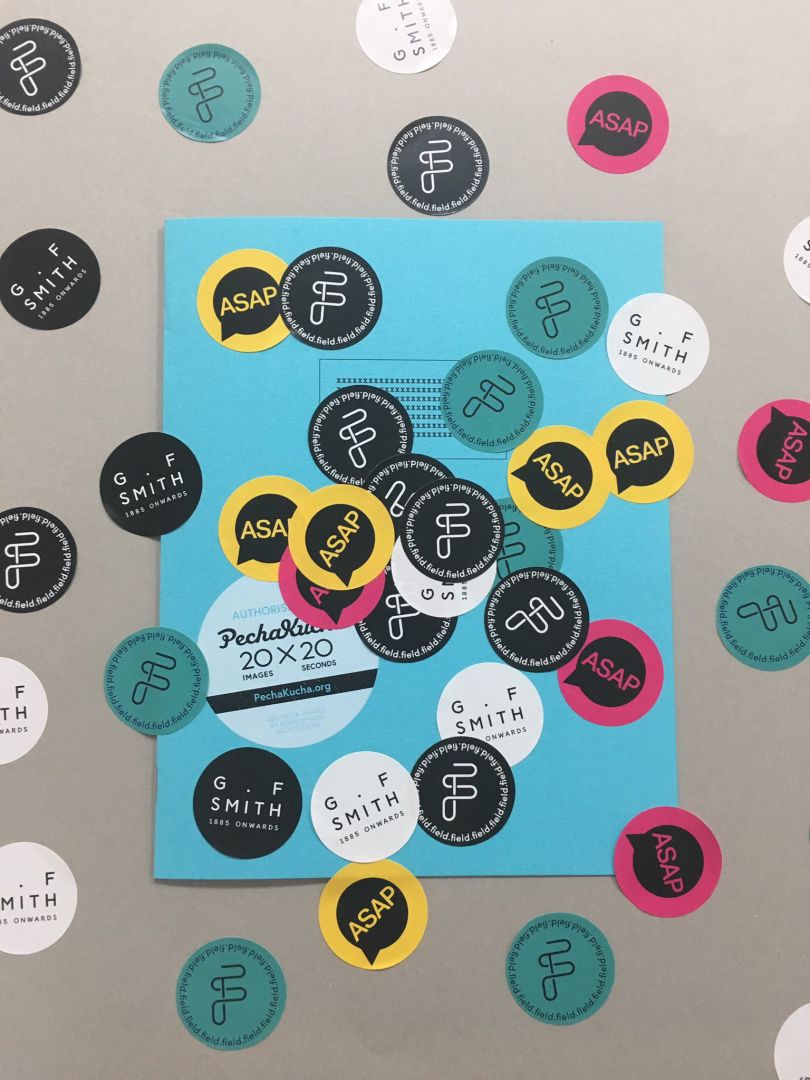
How hard was it to go from uni to a job for you?
At that point, it was incredibly easy to get into the industry. Well, it felt like that anyway. In fact, I was a bit slow off the mark; after uni, I took a break and helped my next-door neighbour to build a house. When I finally got around to entering the design world, I ended up working for a couple of digital agencies, building Flash websites.
What was digital design like back in the early 2000s?
In those days, you could be very expressive with code. It was quite an exciting time because people were willing to gamble on what the internet could be as a visual medium. It’s become slightly homogenised now, thanks to the arrival of the internet on mobile phones. But I think there are still opportunities to do interesting work online.
An equivalent of that today might be working in VR…?
Yeah, I think that’s right. It’s a frontier where the rules haven’t yet been defined, and there’s not yet a universal provider that’s said: ‘This is how it is’. And I think that’s what designers are great at. They’ll find new technologies and start bending the rules a little bit until somebody starts to remove all the little trap doors where you can experiment.
You also did a lot of motion stuff, right?
Absolutely. I had two stints at a company called The Works – they’re still around in Leeds and are quite a big agency now – and helped out in their moving image department. We were doing lots of films for UEFA, which was quite an interesting introduction to working with a big client. They were very decadent with how they approached budgets, which was great! They gave you a lot of freedom to make interesting things. We made a film for the 50th anniversary of UEFA, which was showcased in the Olympic Stadium in Athens. That was a good career highlight.
In 2003, I went to a Sheffield agency called Dust, and they made me a director. We did some phenomenal work there. They were very much at the avant-garde end, producing work that was very much against the grain. Dust were always pushing what visual language could be.
Then, in 2008, you founded Pin Collective and began working for the music industry. What was that like?
Pin Collective was me and an old friend, Paul Henningfield. We had a good clear vision for what we wanted. It was kind of exciting but quite full on at the time – very immediate, very intense, deadlines to make you cry.
We had a good two years, but unfortunately, I just didn’t enjoy working with the music industry. It sounds super-glamorous, but although there wasn’t anything wrong with any clients, in particular, I didn’t find they gave you the creative freedom you’d expect them to.
Paul really embraced it and continues to do so today. But I didn’t. I was always more interested in arts and culture clients. The projects were longer, more thought-out and more collaborative.
All design should be experimental, or at least exploratory. You should reach beyond the boundaries of the previous project; you shouldn’t be iterative. You should…tease out what’s special or unique about it, then accentuate that functionally or visually.
Which ultimately led you to found Field in 2010. How did that come about?
It was a natural progression, really. Paul and I just sat down like grown-ups, and said ‘Shall we just do our own thing now?’ Paul carried on as an independent, and I set up Field with Katie Daniel, and 11 years down the line, we’re growing quite quickly.
The practice has always had its foundations in arts education, museums, galleries and the cultural sector. And that’s the place where I’m happiest design-wise because you feel like you’re talking to people who talk in the same language as you.
You’ve described Field as ‘experimental’. Do you mean that in a sense that all design should be experimental?
Yes, I do feel that all design should be experimental, or at least exploratory. You should reach beyond the boundaries of the previous project; you shouldn’t be iterative. You should use the knowledge or learning from the previous project to tease out what’s special or unique about it, then accentuate that functionally or visually. And I think that’s something that comes across in our work.
And experimentation is key to ‘Project Something’, too…
Yes. Project Something is a practice-based research collaboration between myself and another academic, Ben Hall. It got its name because a lot of the work we were making was projected. The idea was to collaborate on things under that title with the view that they would end up projected in a space, whatever that was. So we made a few code-based visual explorations, where you hook a load of APIs together and see what you can do with them.
For instance, we made something called Tumbleweed, which used the strength of the wind from the weather data API, and picked up tweets, using geolocation of this source point as it was being blown around by the wind. It was a lot of fun.
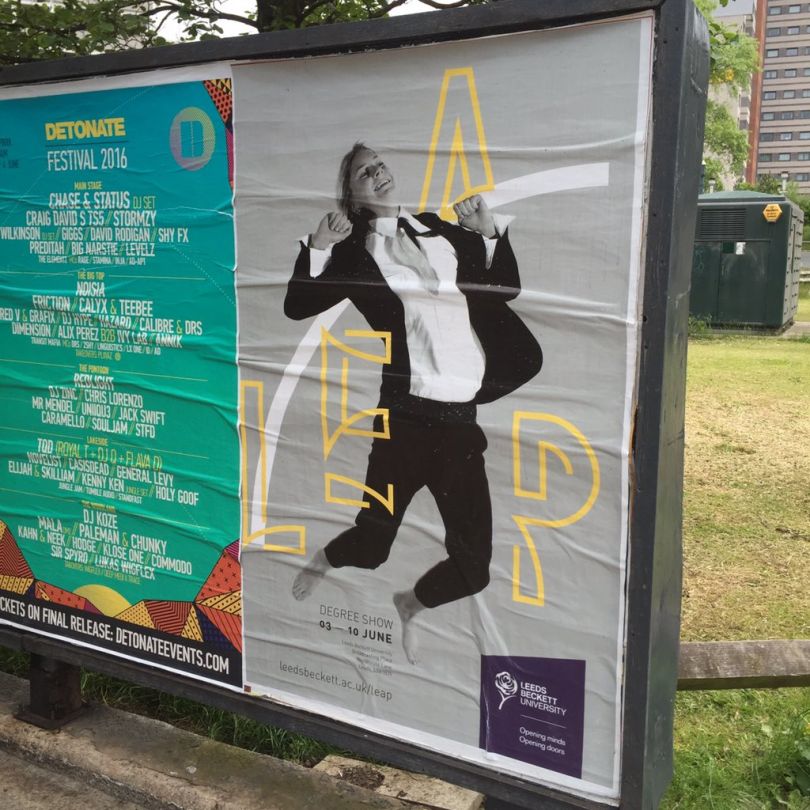
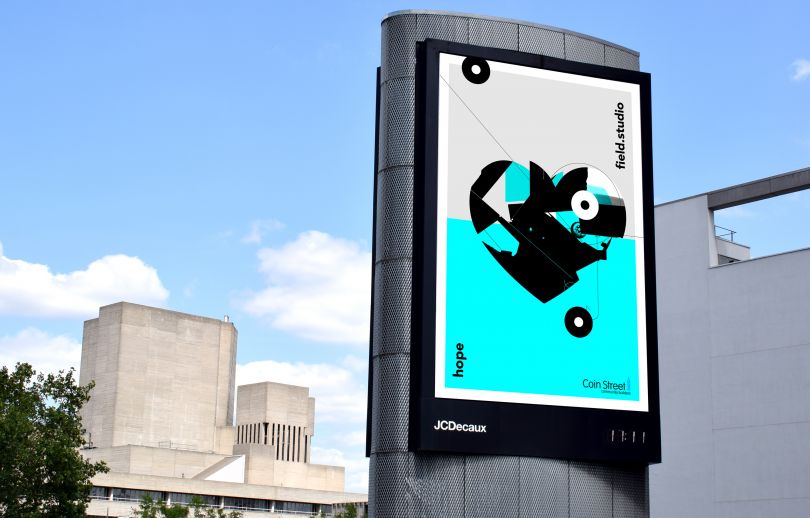
Your MA Graphic Design course at OCA starts soon. What will be different about it?
For a start, the Open College of Arts has some similar principles to the Open University. You don’t need to have previously studied a subject, and in general, the entry requirements are much more open than at a traditional university.
Secondly, I have quite an open view of what graphic design can be. I don’t feel it’s just type and image. I feel like it’s a moving image; it’s digital. It can be expressive; it can be exploratory; it can be research-driven. It’s not about just layout work and type and image; I feel like it’s broader than that.
Some graphic design courses are quite strict and software-driven. But this course is more about where ideas come from and how you generate them from nothing. That’s how you explore the banal and turn it into the exciting and interesting. I think good graphic design comes from good ideas: it’s not about having the skills without the thought process. It’s about underpinning the skills with ways of looking at the world and ways of making things.
It will be fully remote, and we’re hopefully going to have students from all over the world. That means we may have to fit in with different groups’ time zones and work some unsociable hours!
How industry-focused will it be?
The objective is that students understand what the industry expectations are. My view is not to create super-fast designers who can just artwork other people’s ideas. It’s to create people who can generate and realise their own. And hopefully, that has a nice segue into a studio that’s a good match for them. Potentially within the course, there’s the opportunity for collaborations with studios too.
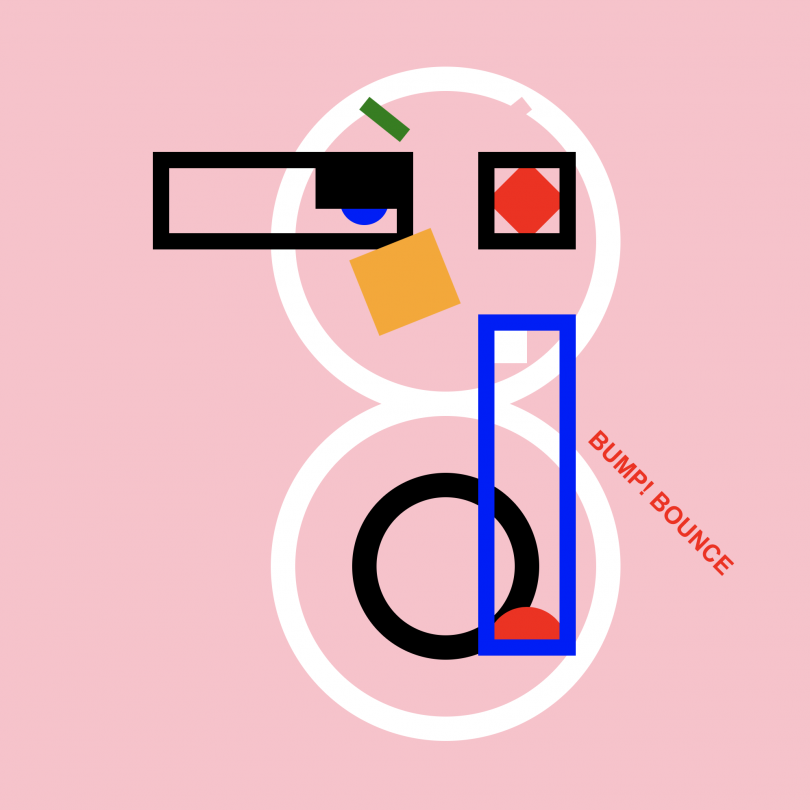
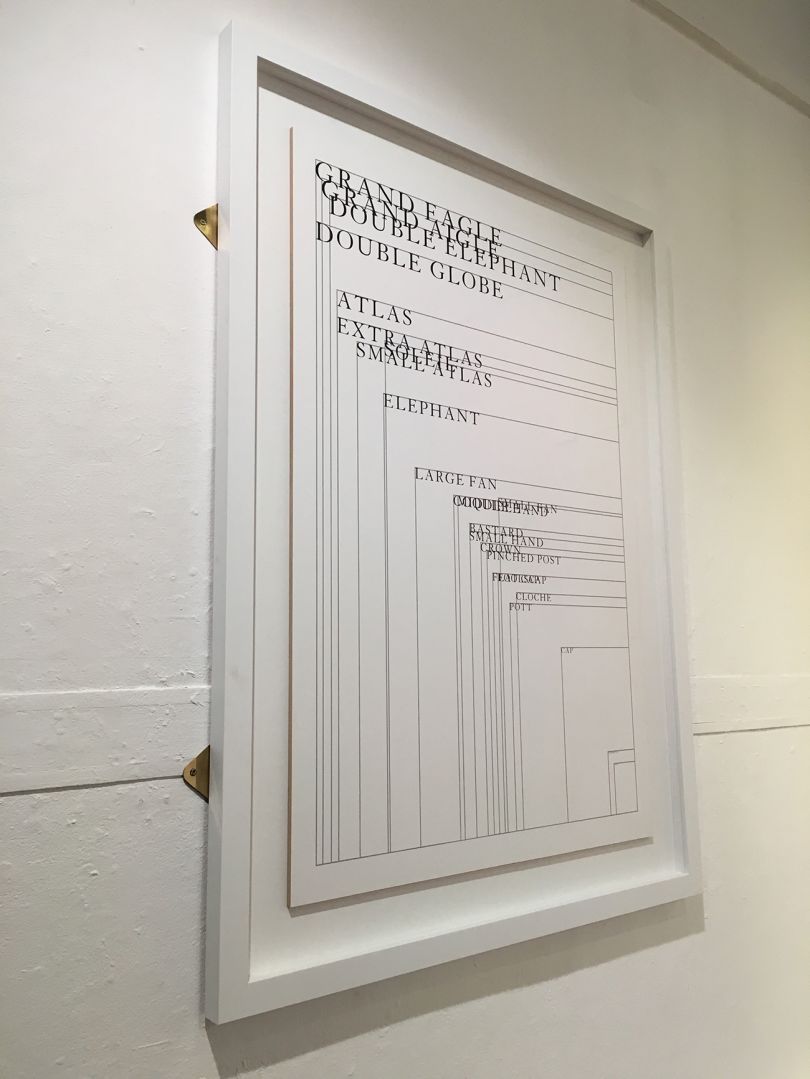
What will the structure of the course be like?
The beginning of the course is very much about giving students that base understanding of the discipline they’re working in. So ideas generation, research, exploratory practice, digital technologies. It will very loosely be based around some platforms that people will start to gravitate to later in the course. So it’s a bit of an unpacking process in the first few weeks. Mapping your research and processes, defining your research question and the exploratory element of code; they’re the core building blocks we start with.
After that, the students will start to map their own process. They might do one of those introductory processes, find a way of working that they’ve not worked with before. It might segue with their current practice and start to evolve their practice. It doesn’t stay static when they’re on the course; it should grow. One example might be someone who’s been out of the industry for ten years, and they have a practice, but maybe it’s a bit out of step with contemporary practice.
The final element is all about resolution and presentation. It’s a combination of portfolio, exhibiting and real-world environment. Whether that’s presenting work, putting on their own show or doing work experience, it’s starting to prepare them for their onward journey.
What sort of opportunities for graduates exist these days?
Many students are leaning more towards the games industry after graduating because it’s just so huge. So a lot of what were traditional graphic design skills are being used beyond traditional graphic design studio roles.
As a whole, I think there are a lot more opportunities, although maybe there are fewer studios around. And some of the more cutting edge studios are more corporate than they used to be. But if you can find your niche, then the design industry can be quite a nice place to be. It can be exciting every day; it’s certainly different every day. When you’re first starting out, you do your apprenticeship, and you find yourself doing learning from those around you. But that’s how you find out the design industry works before you get the opportunity to make your own mark.
